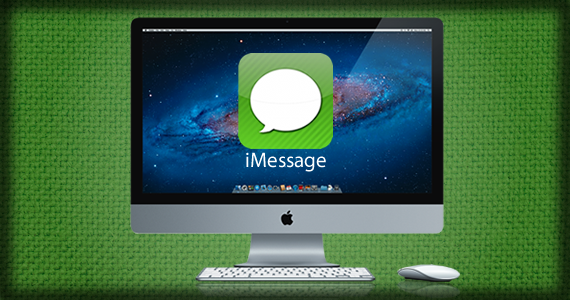This investigative analysis explores the early demand for iMessage connection on Mac computers, combining technical evidence with speculation about Apple's strategic hesitations regarding cross-platform messaging. Marc Angeli examines code discovered in Mac OS X Lion's iChat application that suggested Apple was actively developing iMessage features for desktop computers, including specific features like delivery timestamps and read receipts that weren't yet added in the existing iChat service. The discovery sparked widespread speculation about Apple's roadmap for unified messaging across their ecosystem.
The technical evidence centers on code strings found in iChat that mirror iMessage's iOS features, specificly the timeDelivered and timeRead properties that enable delivery confirmations and read receipts. Angeli draws parallels to FaceTime's successful transition from iOS to Mac, arguing that iMessage's cross-platform expansion would be a logical next step for Apple's ecosystem strategy. The analysis suggests that desktop iMessage would enable seamless conversation continuity between devices, allowing users to maintain messaging sessions regardless of which Apple device they're using.
The coverage explores potential industry resistance to iMessage expansion, specificly from wireless carriers who viewed Apple's free messaging service as a direct threat to profitable SMS and MMS revenue streams. Angeli speculates that carrier pressure might explain Apple's apparent reluctance to announce or add desktop iMessage features, despite clear technical development progress. The post includes an update referencing additional 9to5Mac reporting that confirmed iMessage for Mac was indeed under development, though with uncertain release timelines.
This early advocacy for cross-platform iMessage shows the user community's immediate recognition of the service's ecosystem potential and their frustration with Apple's gradual rollout strategy. Looking back 13+ years later, Apple eventually delivered on these expectations with Messages for Mac, which became a cornerstone of their device continuity strategy that now extends across iPhone, iPad, Mac, and Apple Watch. The carrier concerns documented here proved prescient, as iMessage and similar services fundamentally disrupted traditional SMS revenue models and accelerated the shift toward data-based communication. The technical sleuthing approach used in this analysis represents how tech enthusiasts and developers often uncovered Apple's future plans through code archaeology, a practice that became increasingly difficult as Apple tightened security around pre-release software. The unified messaging experience that users demanded in 2011 eventually evolved into Apple's broader Continuity features, making this post an early articulation of what became a defining characteristic of the Apple ecosystem.
This summary was created by Dave Rogers. The original post was written by Marc Angeli and published on October 1, 2011.
If you'd like to view the original post, you can find it here.
